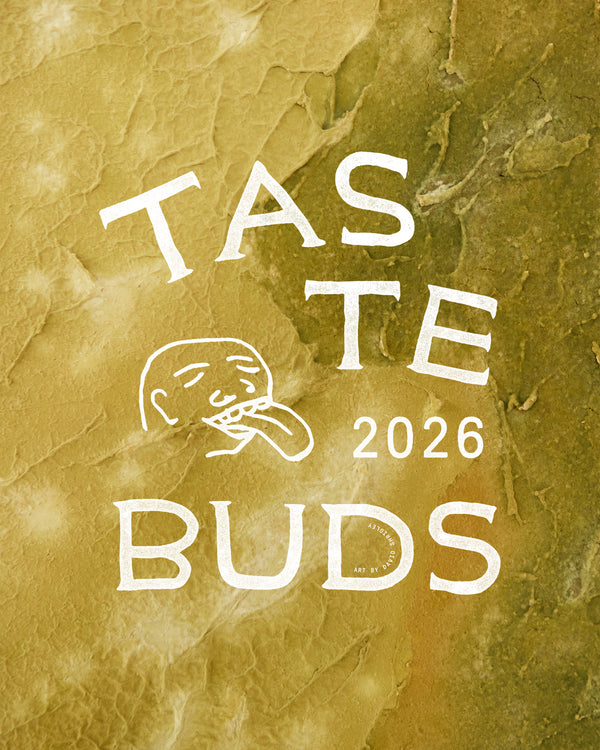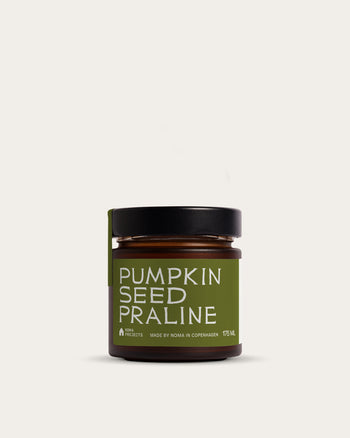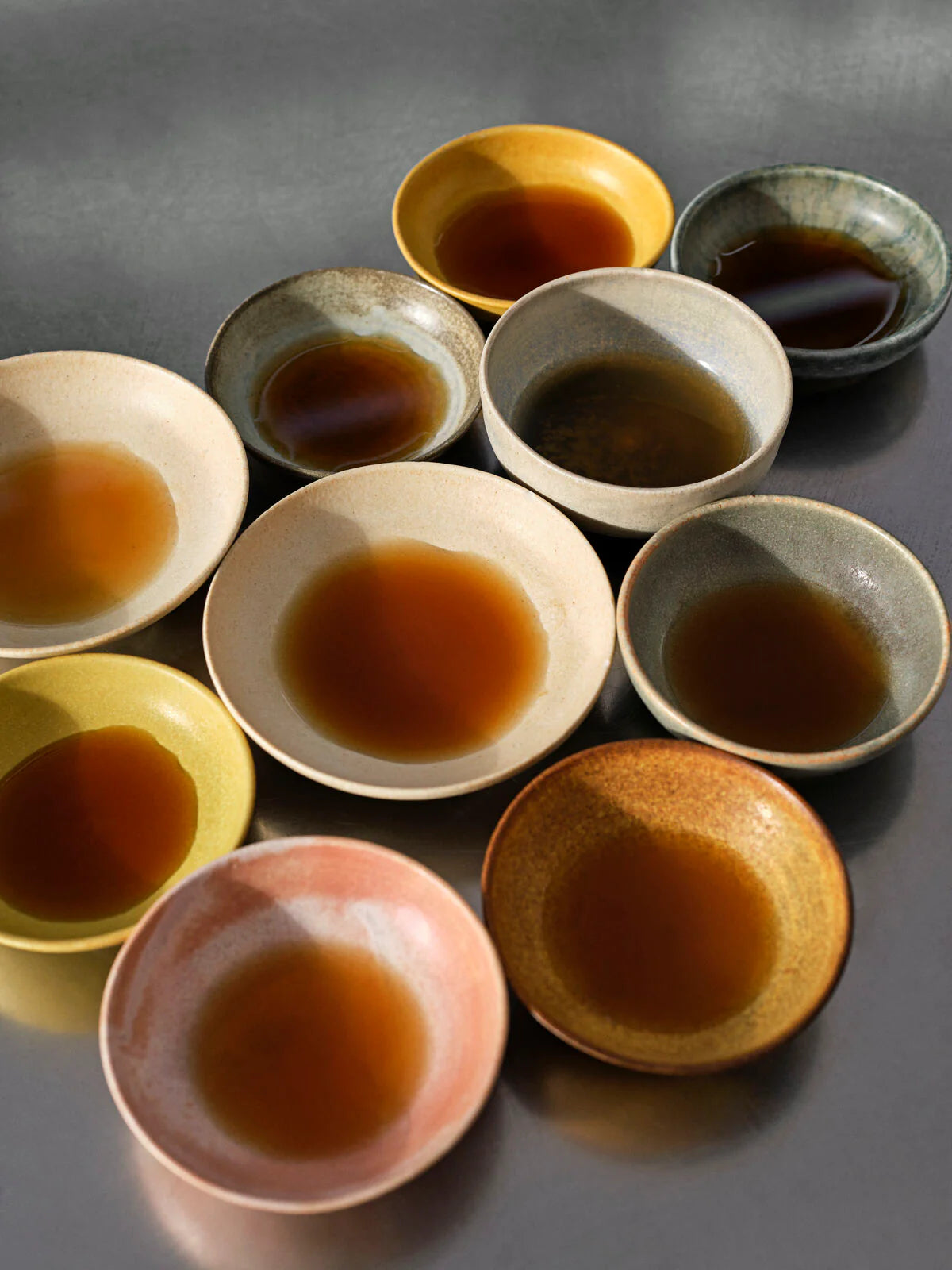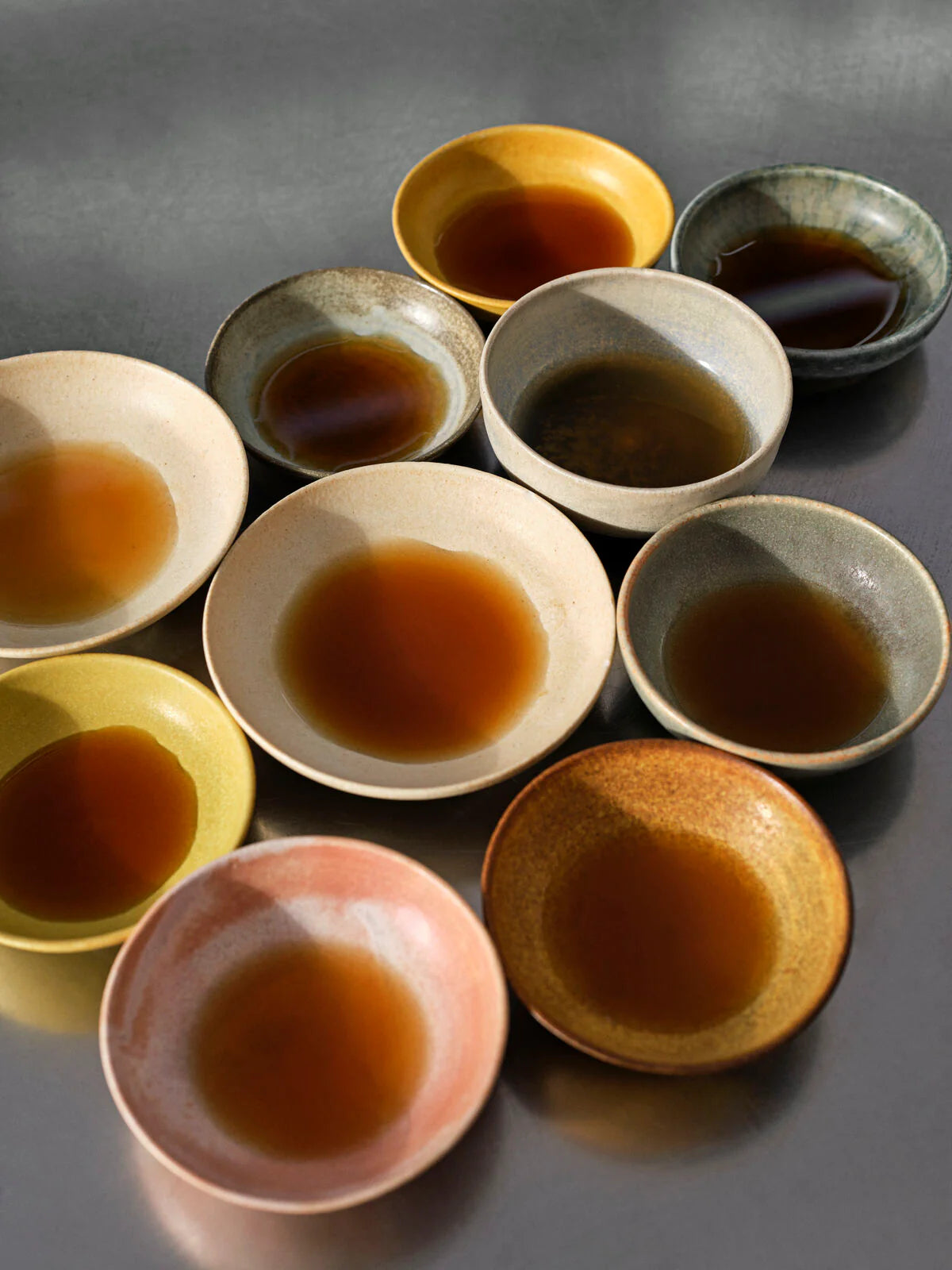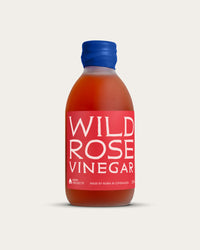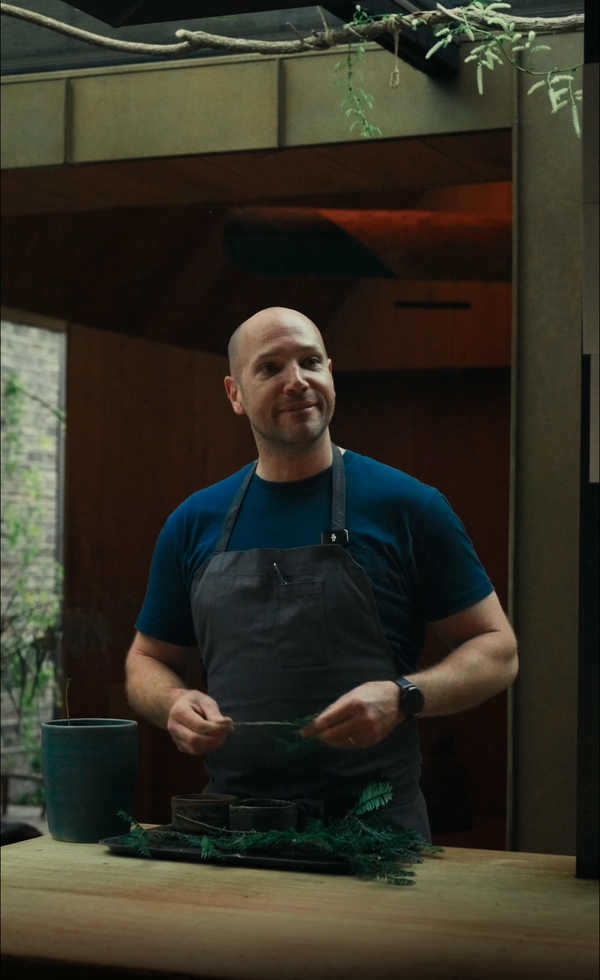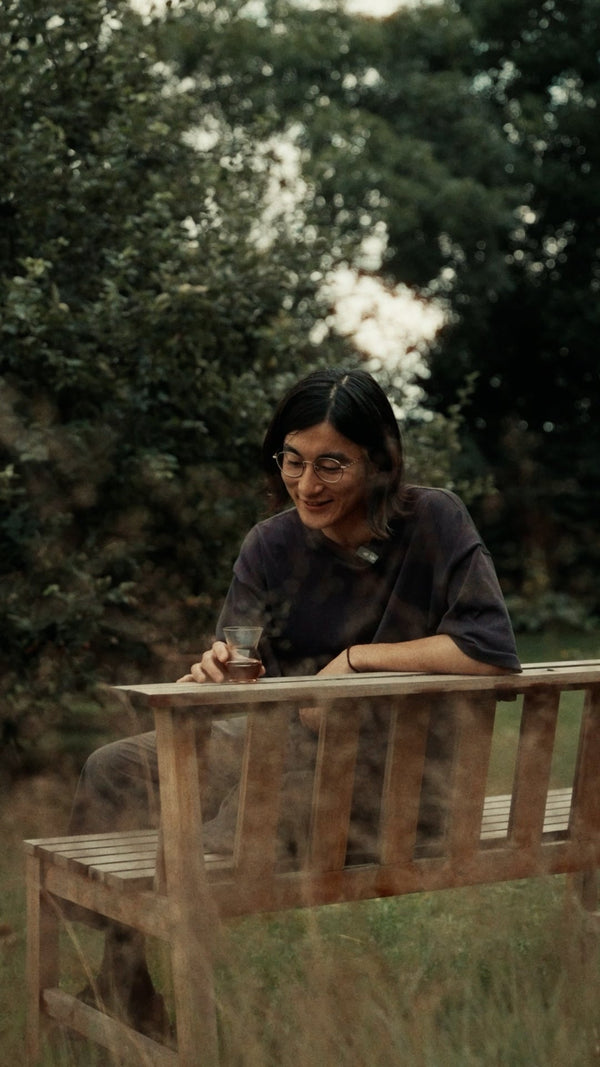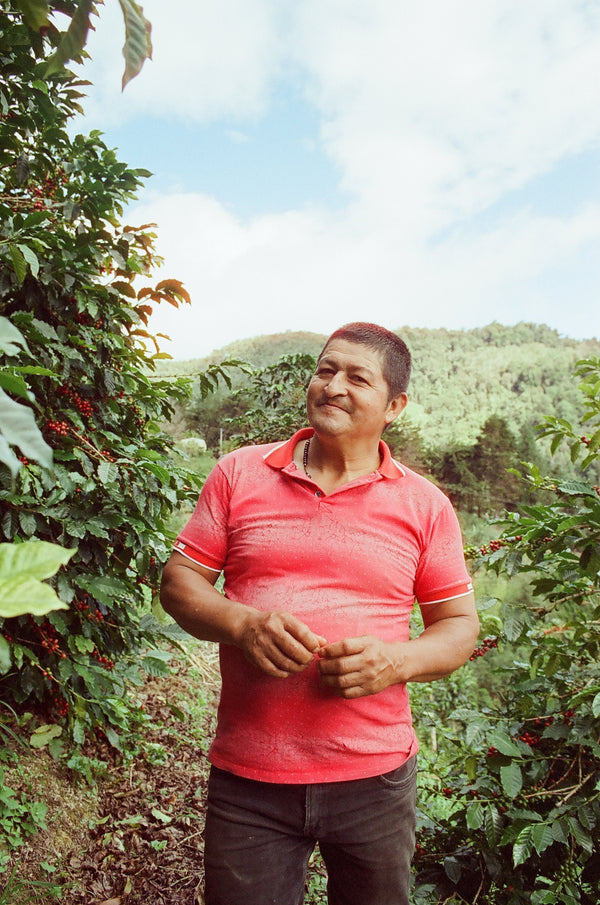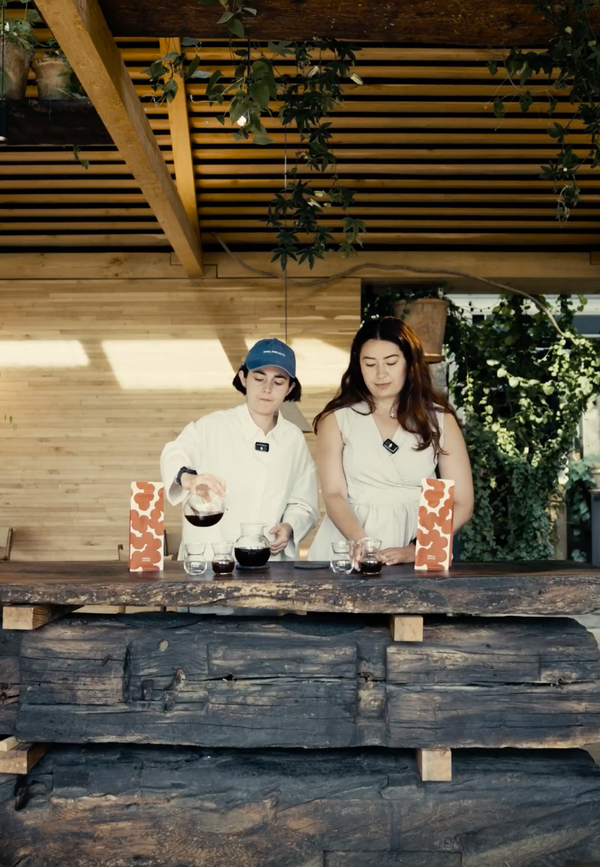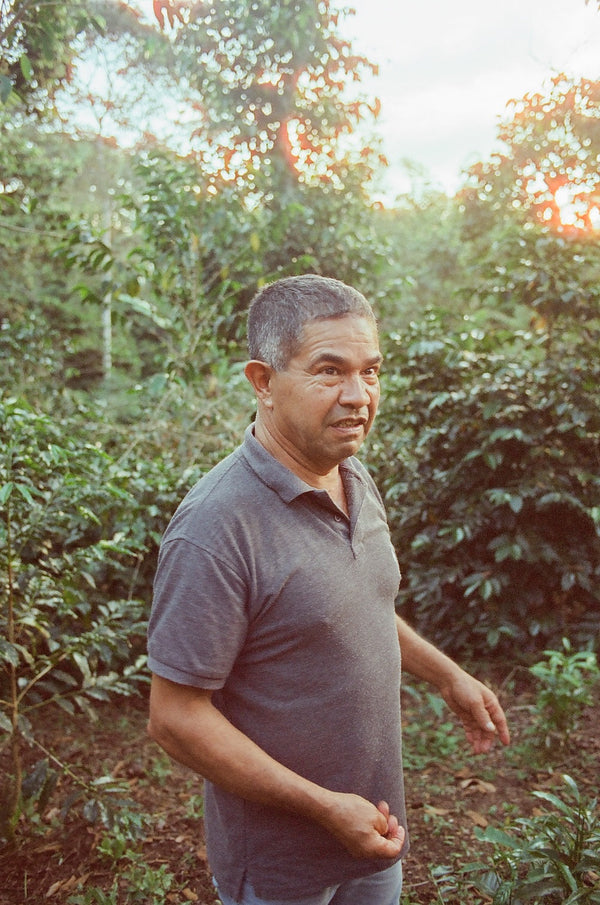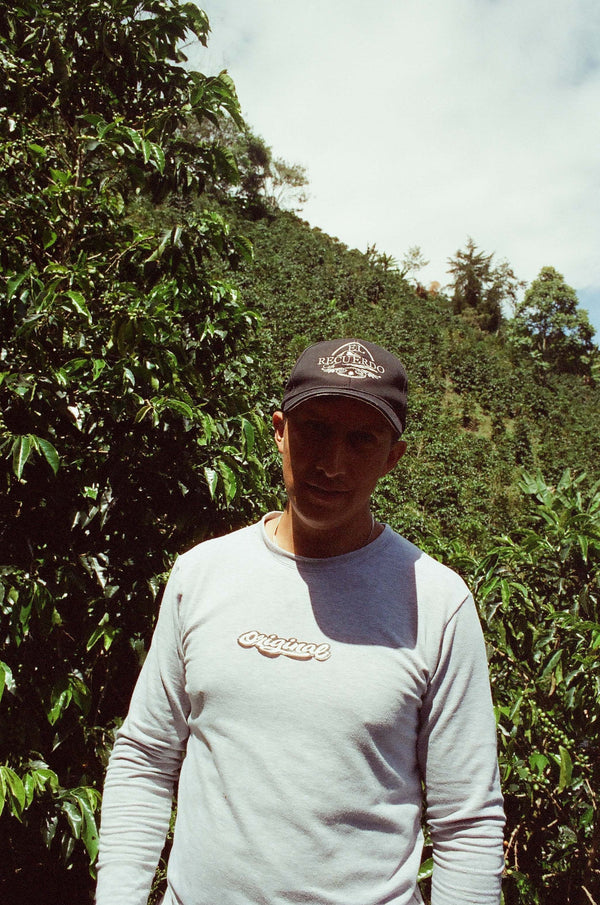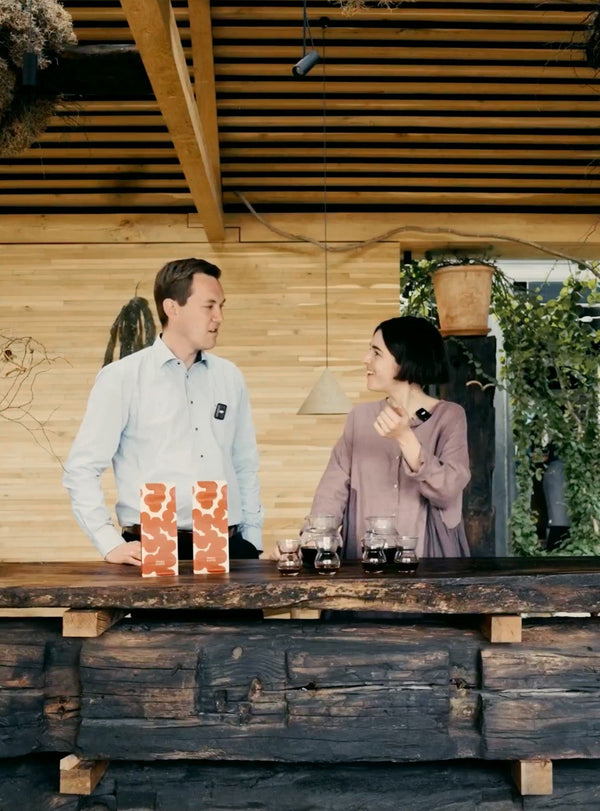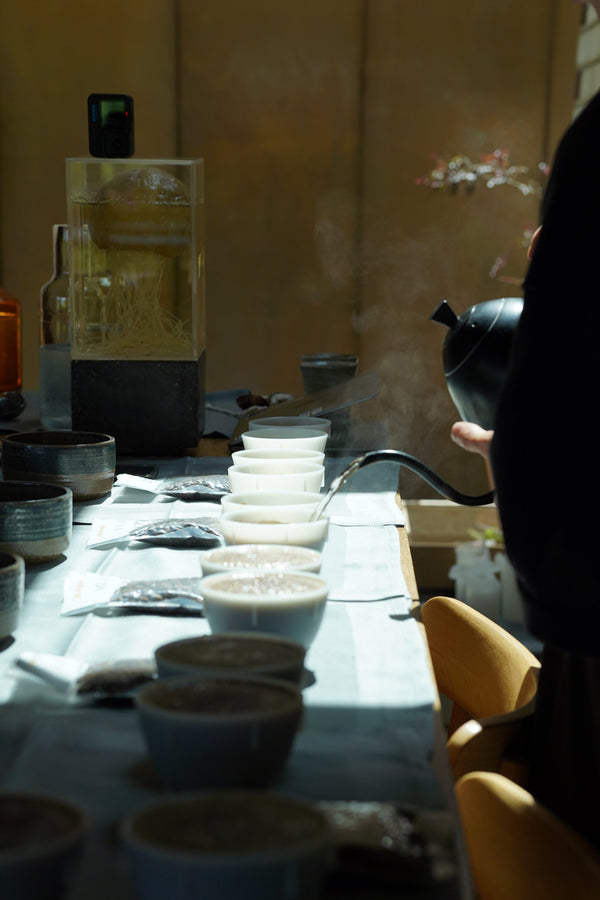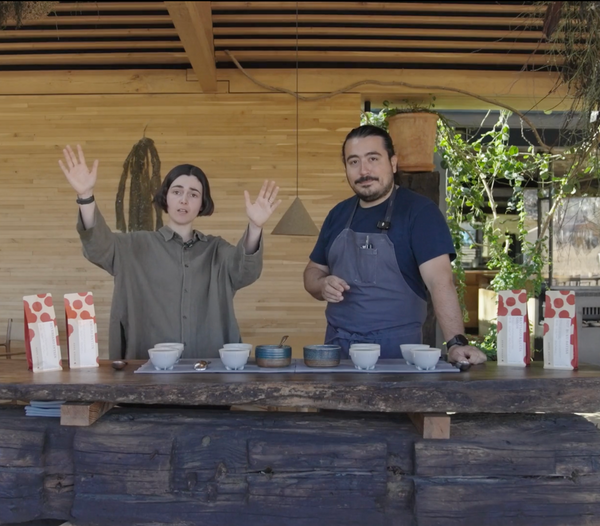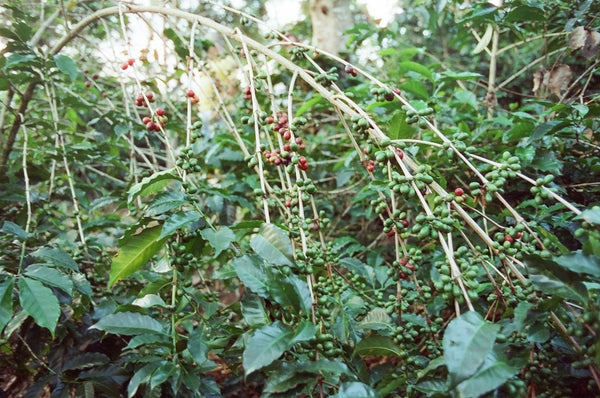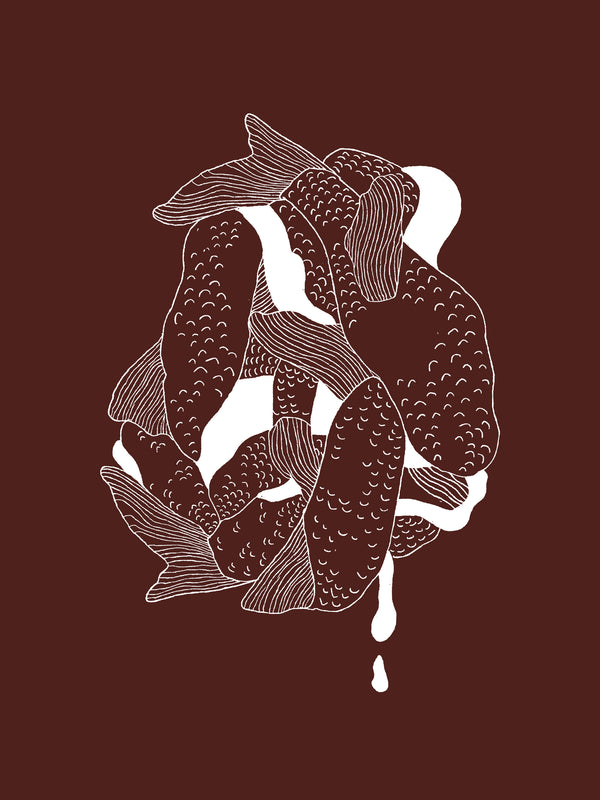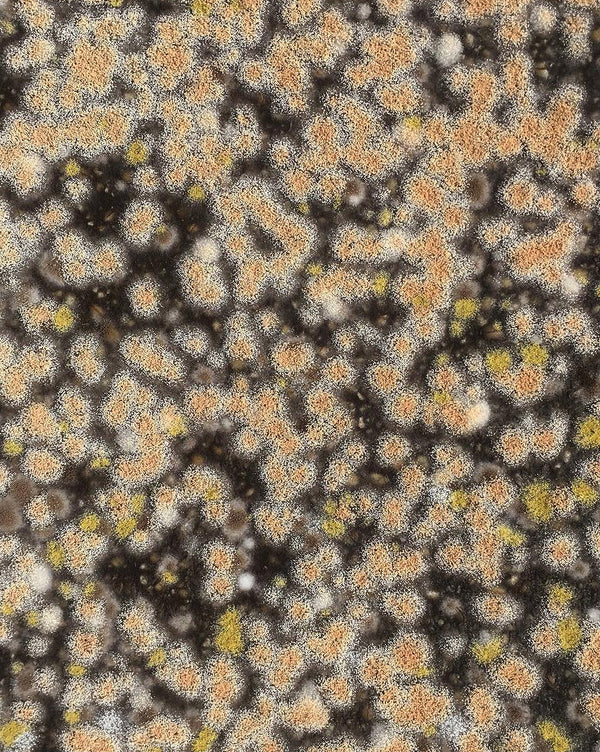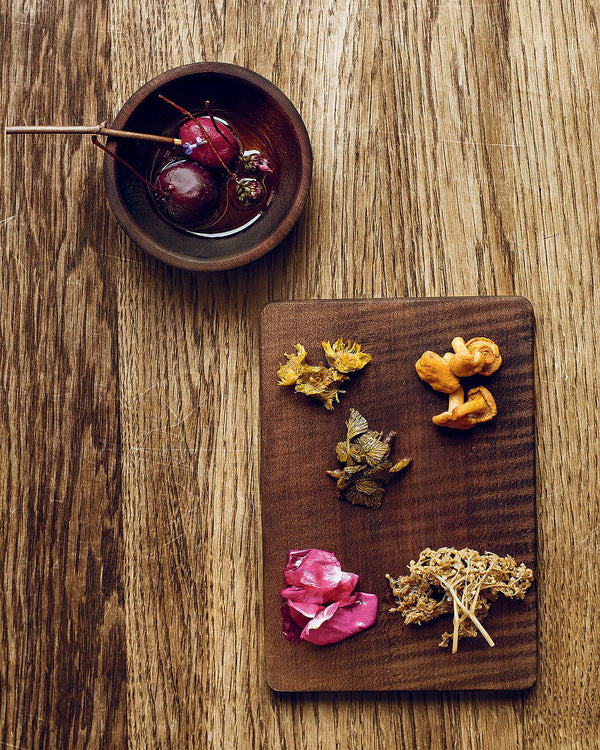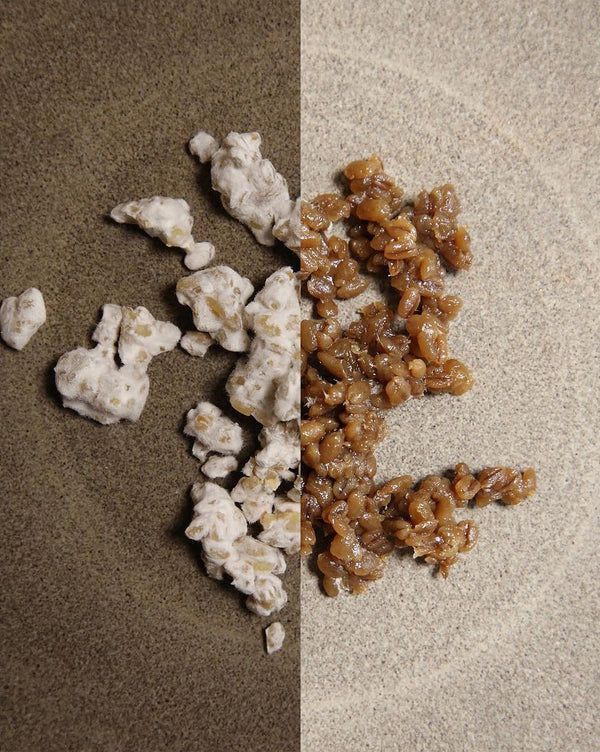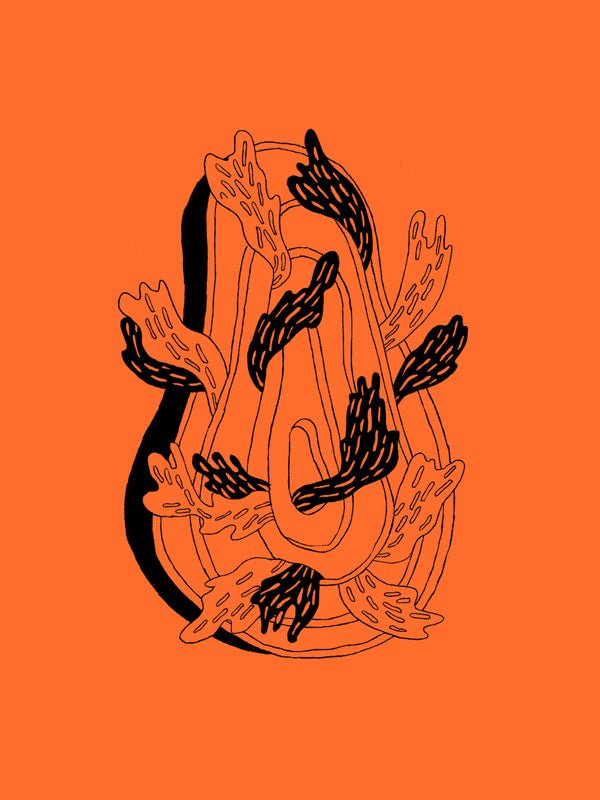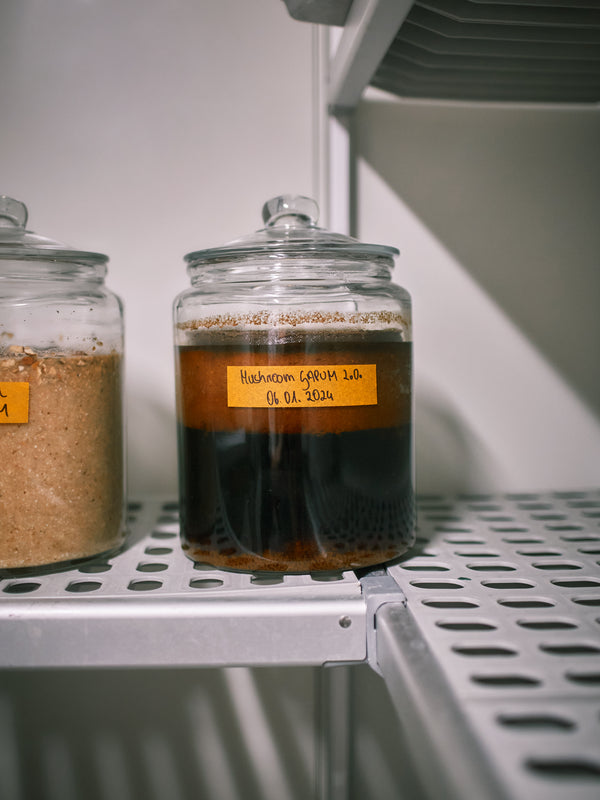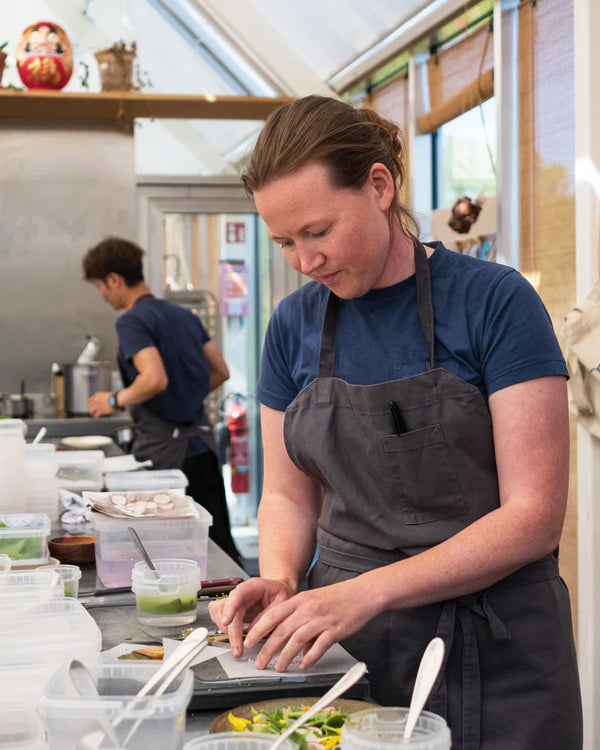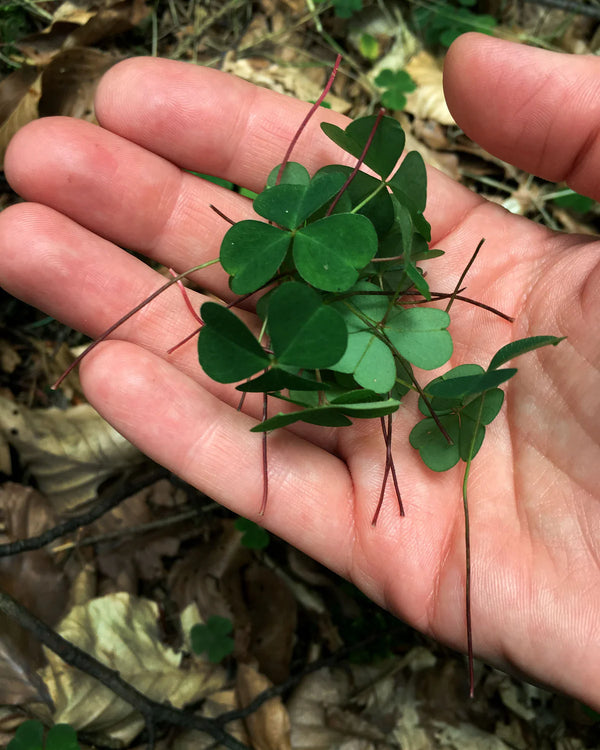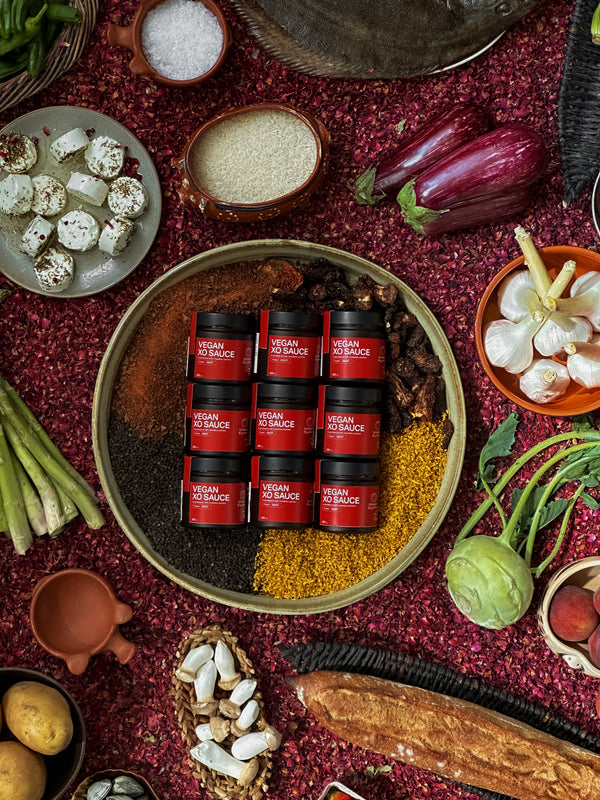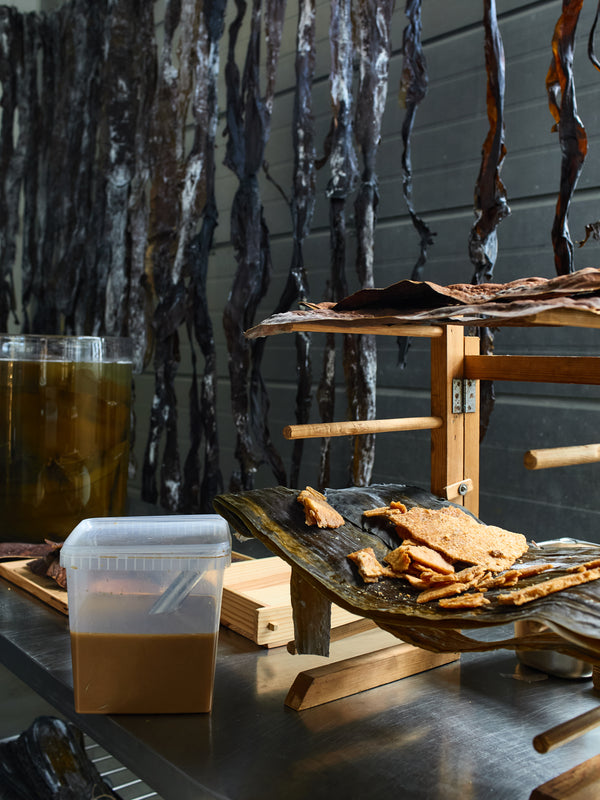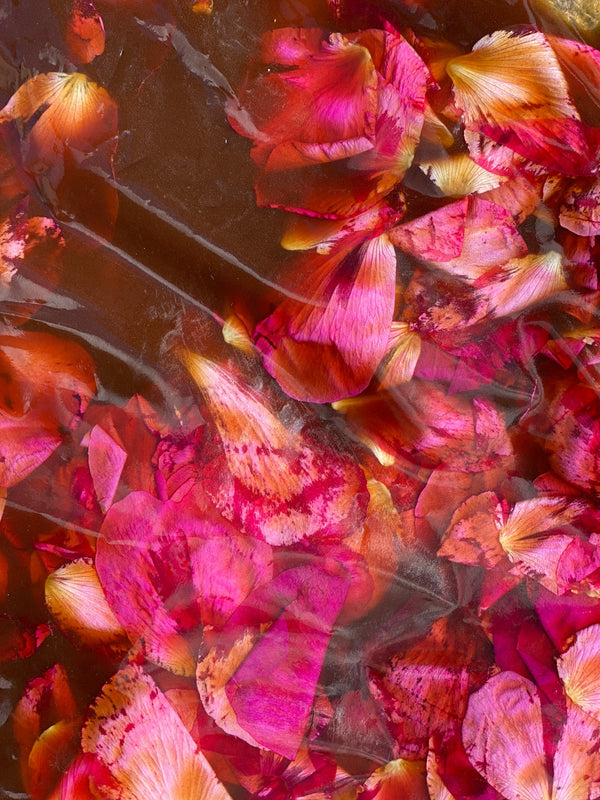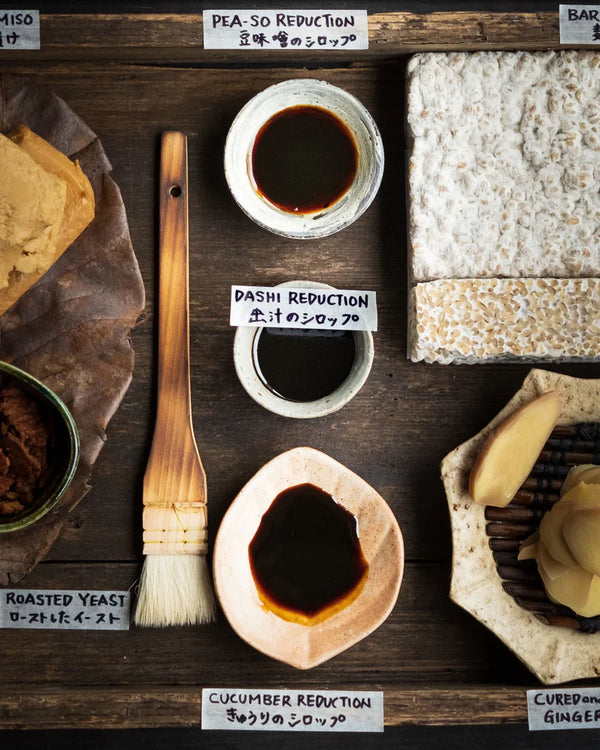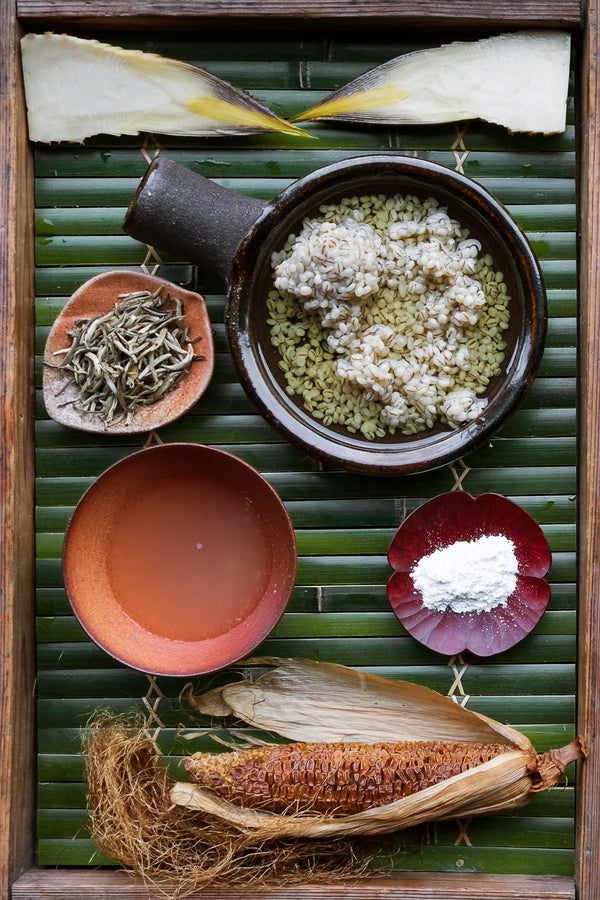Varieties of vinegars around the world are as diverse as the cultures that produce them, often reflecting the alcoholic spirits native to the region. East to West, we can find vinegars fermented from rice, sorghum, millet, barley, kiwi, apple, honey, berries, coconut, and beyond. The fermentable sugars in most of these products are readily available, allowing yeast to get to work straightaway. With grains like rice and barley, enzymes must first break down the starch in the grain into fermentable sugars.

The earliest vinegars were derived from products that had already been fermented into alcohol, and they were also almost certainly an accident. Before the advent of microbiology, the reasons alcohol would sour into vinegar were a mystery. As surely as the sun would rise and set, so too would wine become vinegar if left in the open air. The cause was anyone’s guess.
But that’s not to say that people were unfamiliar with the process of fermentation. People have been making alcohol from fruit for the entire duration of human civilization. In Iran, shards of urns dating back to 6000 BCE—excavated from what was once the kitchen of a Neolithic abode near the Zagros Mountains—display yellowish-red stains from wine. Thousands of years later, the ancient Egyptians were producing alcoholic grape beverages of their own. There’s evidence that as early as 3000 BCE, Egyptian kings were being buried with jars of wine in their tombs. Archaeologists have examined these jars and also found the residues of vinegar.
While ancient civilizations may not have known exactly why fruit turned to wine or wine to vinegar, they understood how it was happening, as evidenced by an Egyptian papyrus from the Ptolemaic period, The Instruction of Ankhsheshonq, which contains a note on the preservation of wine: “Wine matures as long as one does not open it.” Two millennia later, the demystification of vinegar was much more than a culinary leap—it upended the way we understood nature.

Until midway through the eighteenth century, the prevailing wisdom was that everything on earth was composed from four basic elements: fire, water, earth, and air. Antoine Lavoisier, one of the founders of modern chemistry, was the first person to suggest that air was not a pure, immutable substance, but rather a combination of components, including oxygen (a term he coined from the Greek words for “acid former”). Through rigorous experimentation using nonmetals such as sulfur and phosphorous, he correctly deduced that oxygen was being removed from the surrounding air when the elements were burned. The products of those reactions were acids. By extrapolating these results, Lavoisier came to the conclusion that the transformation of wine into vinegar occurred because of oxygen in the air, through the process of “oxidation” as carried out by AAB.
This cognitive leap spread across Europe and led to advancements in vinegar production that exploited the idea of oxidation. Vinegar-makers were able to speed up the process by increasing the surface area of wine. German vinegar- makers developed “the quick process” to drip wine through loosely packed wood chips while simultaneously blowing the liquid with fresh air. Hundreds of years later, artisans still employ the method.
